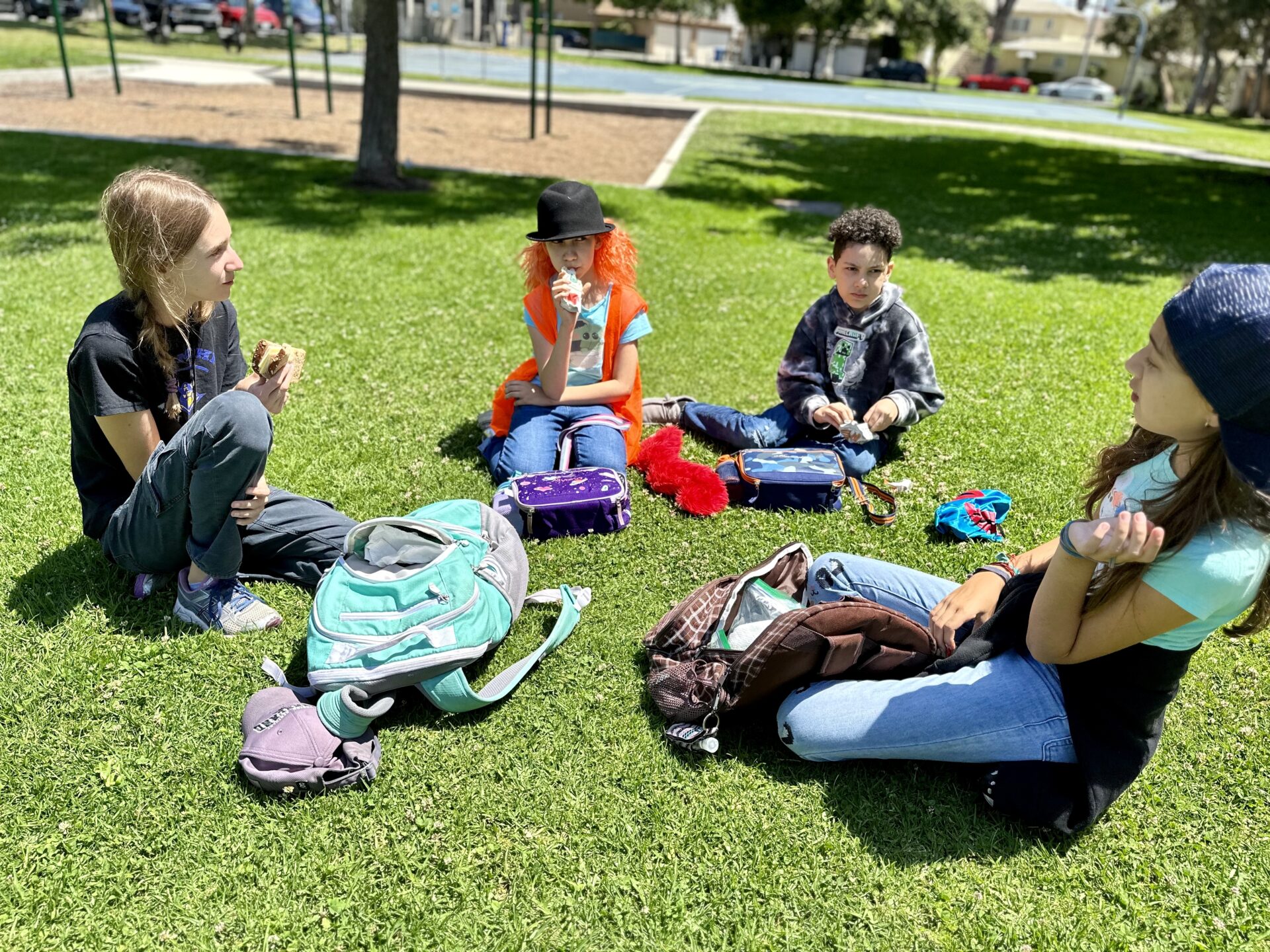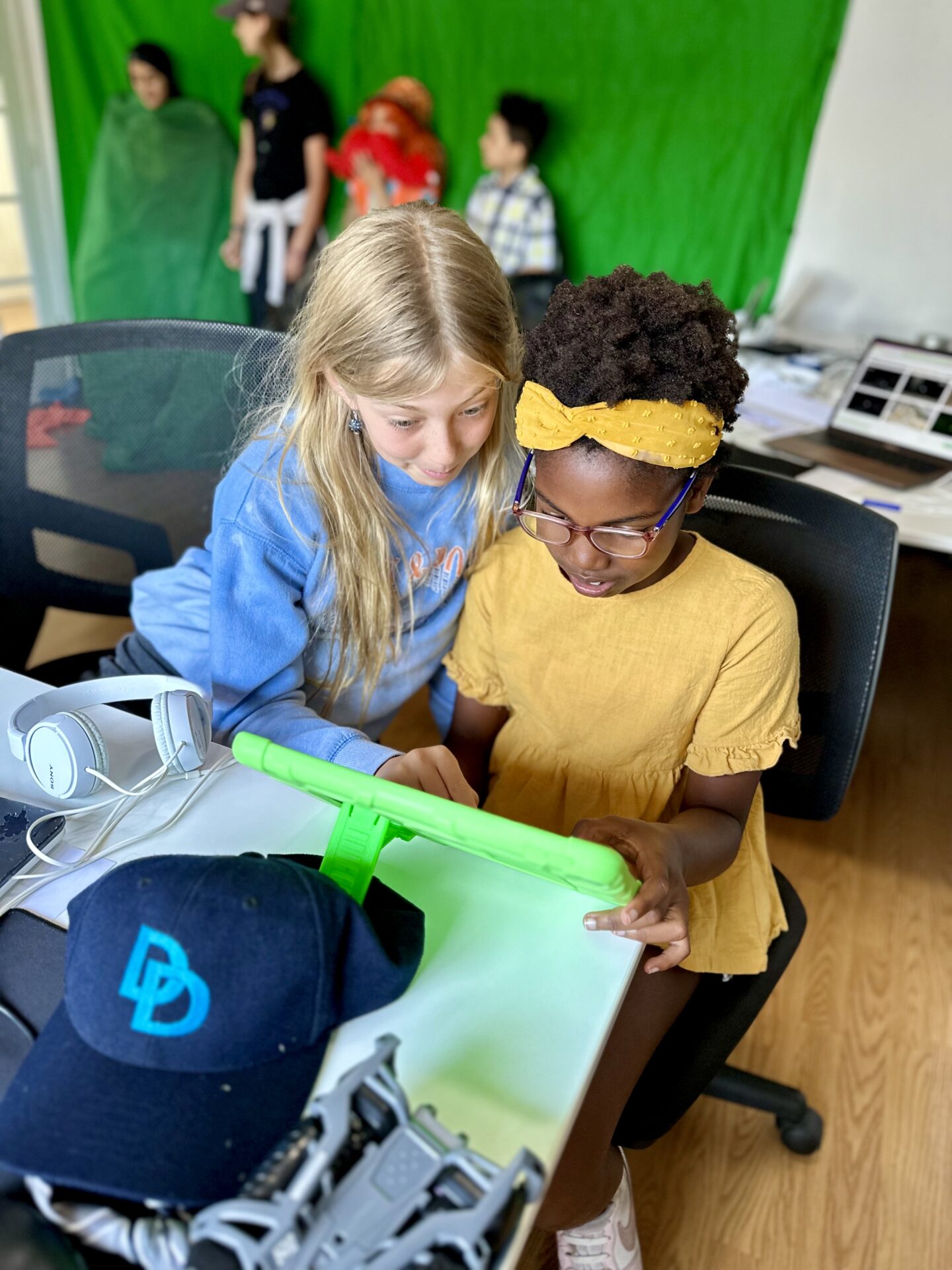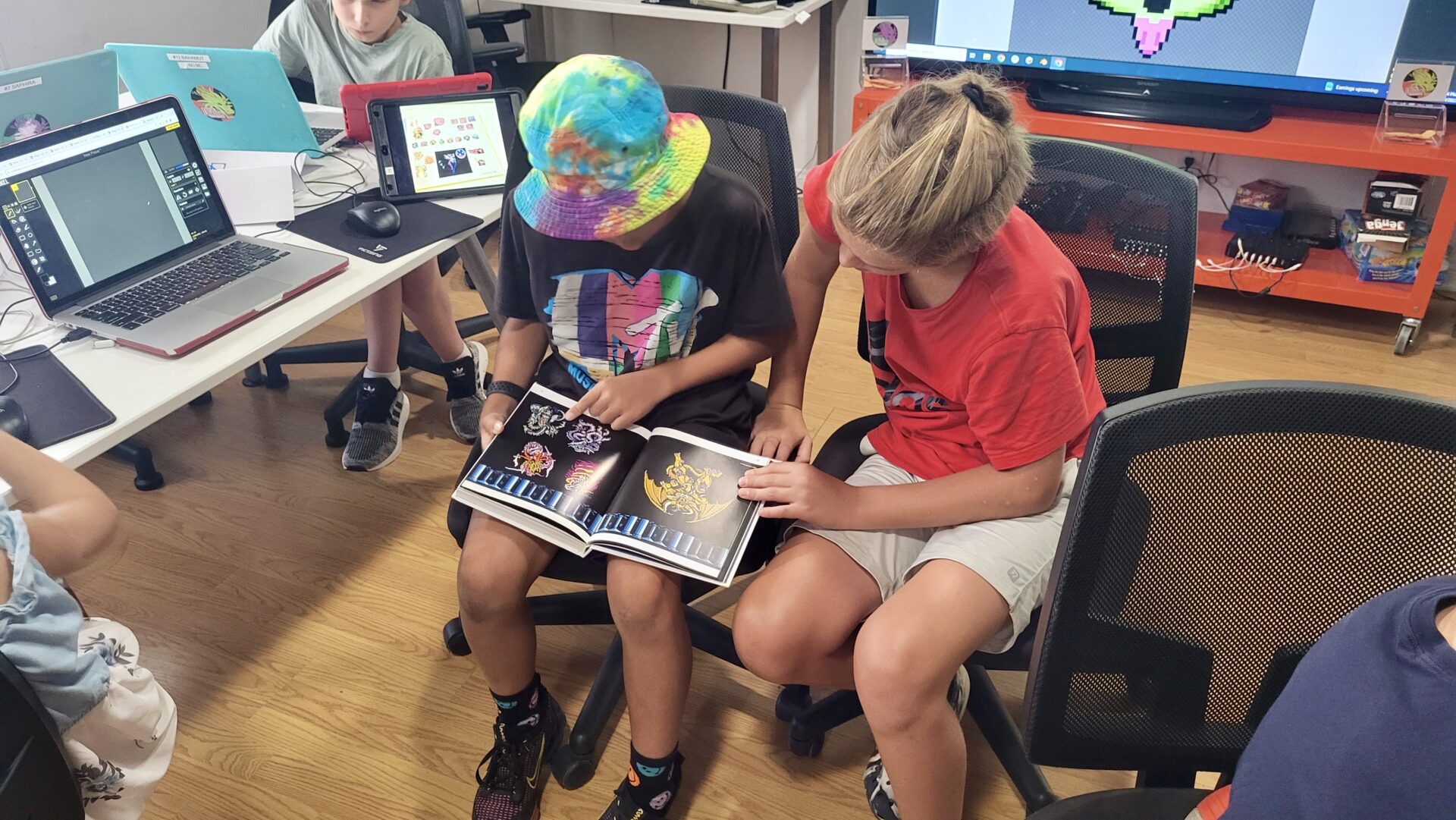What Parents Should Be Thinking About When it Comes to Communication!
What are the best practices in connecting for kids?
Given the time of the year, it’s natural that within our Center in the University there are a number of going-abouts. Whether it is first year students exploring their immersion semester or second years kicking off their capstone projects or seeking co-ops, there’s something different this time around. Our students, faculty, and staff are all eager for meaningful engagements. This extends well beyond higher education. Our network of educators are reporting the same thing. We’re staring at a massive void of social-emotional learning engagements as a result of the pandemic.
If you have followed these posts over time (and thank you if you have – it means a lot) you have heard a lot about the importance of creating spaces and moments where learning can happen and be named in conversation. We’ve covered how Digital Dragon was designed to shape its environment to celebrate playful learning and name different metrics of success.
However, over the past few years and through no fault of our own, our brains have been rewired along with our methods for communicating. It appears that our bodies are telling us there’s something off. One can ponder whether the Zoomiverse / Teamscapes / Slackpack / Discordia (take your pick of platform) is forcing us to relearn how to communicate – when it was so natural for us prior to COVID. While you and I can observe this as adults, I’m sure there will be staggering amounts of research coming out in the near future which sheds light on what effect this has had on youth.
Let’s extrapolate a pinch. In education, we have long been accustomed to communication working synchronously (in person) where forms of gesturing (hand waving, point, exclamation, etc) and backchanneling (nods, sleepy head-bobs, etc) have always been present. Rewind to a mid-pandemic classroom and try to recall the scenario. If you imagined one teacher (quite often a parent to children) with their cameras on speaking to 30 students with their cameras off, you’re unfortunately spot on. Now with the slight reflection on how we have traditionally communicated and the task of making sense of a new way of communicating, you can see how we landed where we are.
So what can we do? As technology continues to influence how we communicate, those of us curious about the future of education should examine what are the strengths and weaknesses across forms (synchronous and asynchronous). This should include bite sized social media platforms (X and TikTok) as well as more delayed asynchronous forms like forum threads and email. After all, we can use them as tools to provide the meaningful engagements we are desperate for.
TLDR; If you’re skipping to this point in the post, perhaps think about what format of communication works for you and why — but while you’re here, find time to dwell on how we’re developing new ways to communicate and how training on those has perhaps caused a void.
About the Author:
John Balash was instrumental in Digital Dragon’s launch in 2013 as its first Curriculum Director and is now back in the fold as a consultant on all the latest and greatest in tech education.This is John’s latest contribution to a monthly blog series we’ve launched, Tech News from the Frontier. John is the Director of Educational Engagement at Carnegie Mellon University’s Entertainment Technology Center. John has worked on educationally-focused initiatives with clients ranging from D.A.R.P.A. to Disney. Working from both sides of the desk, you can find John in classrooms and conferences around the world exploring new uses for technologies in learning environments.



